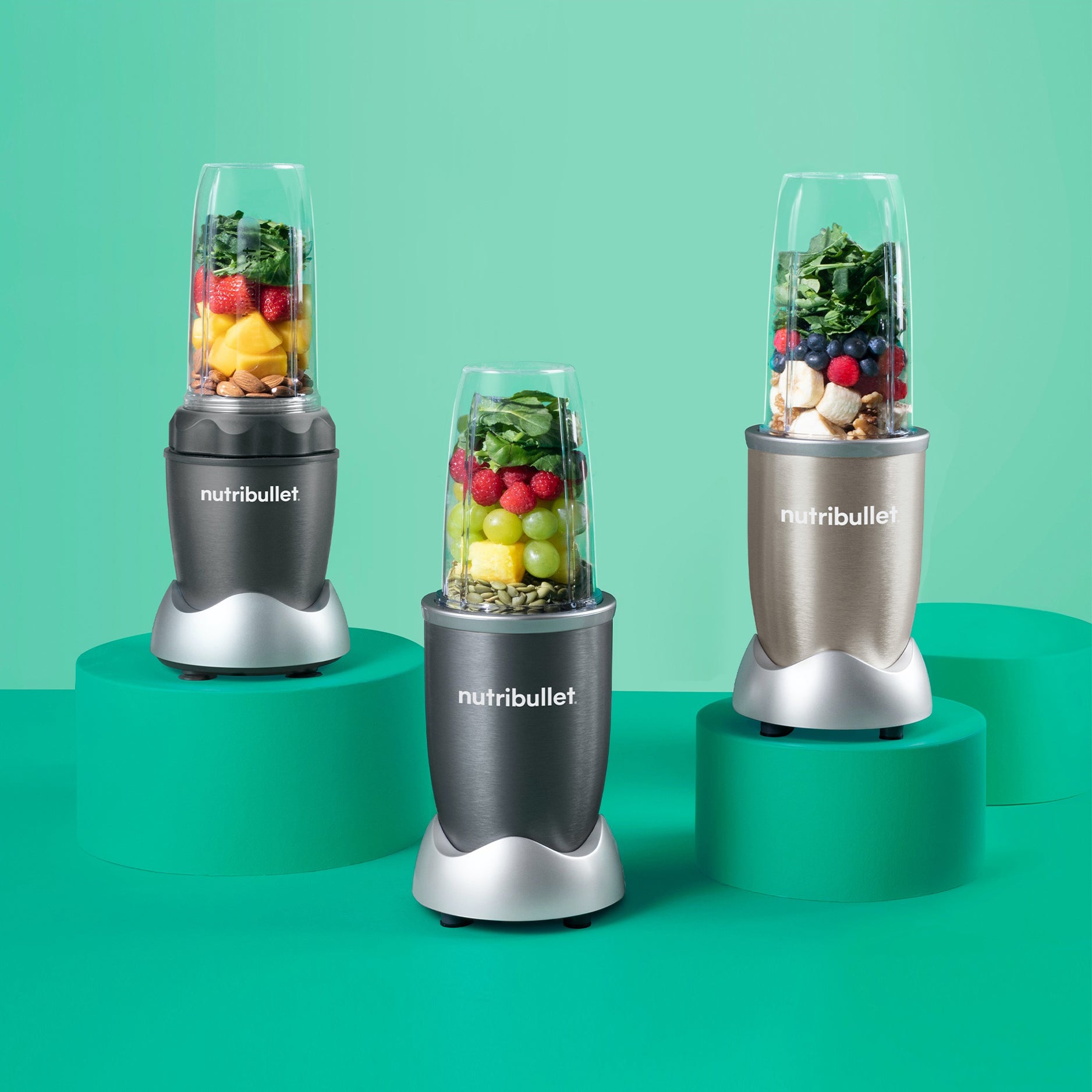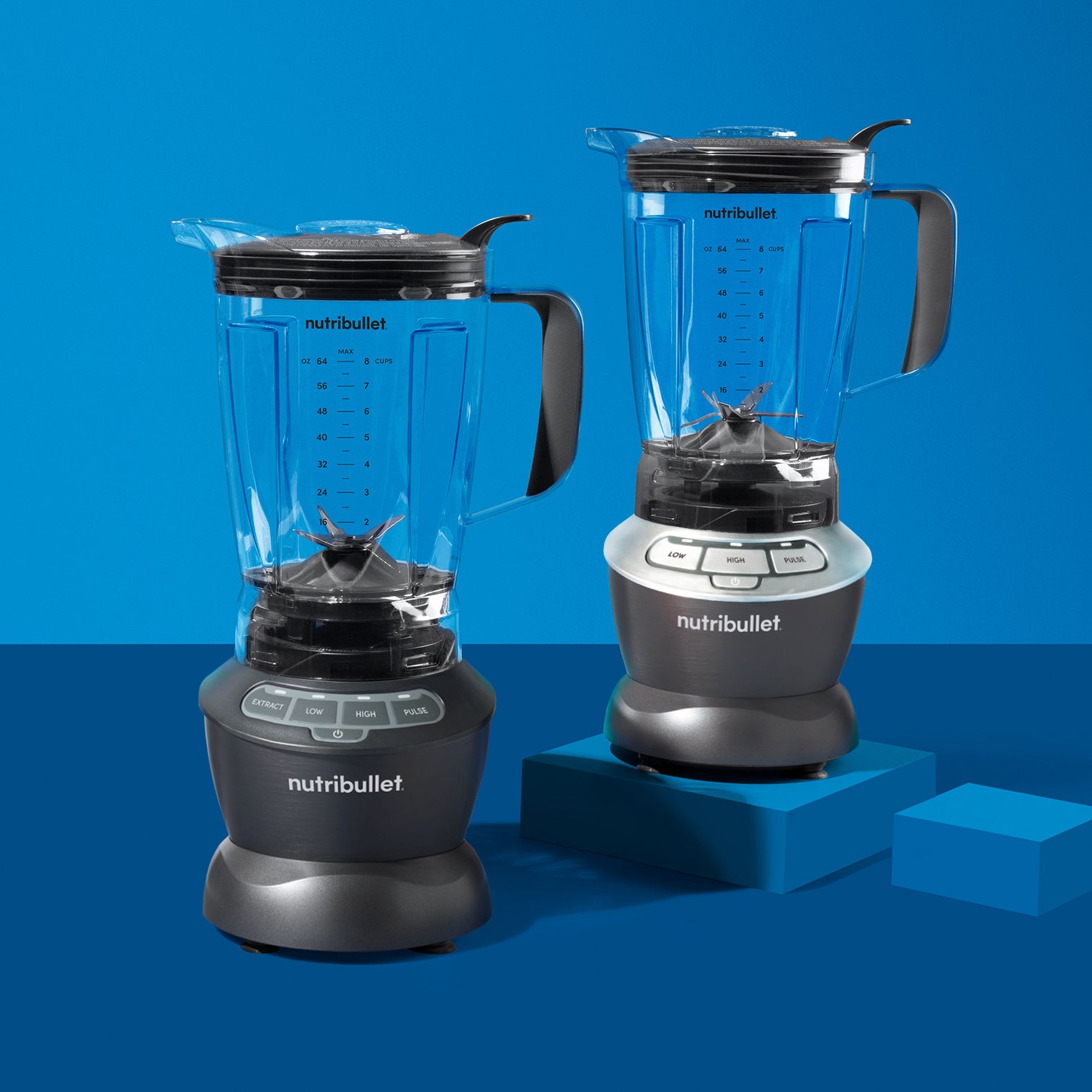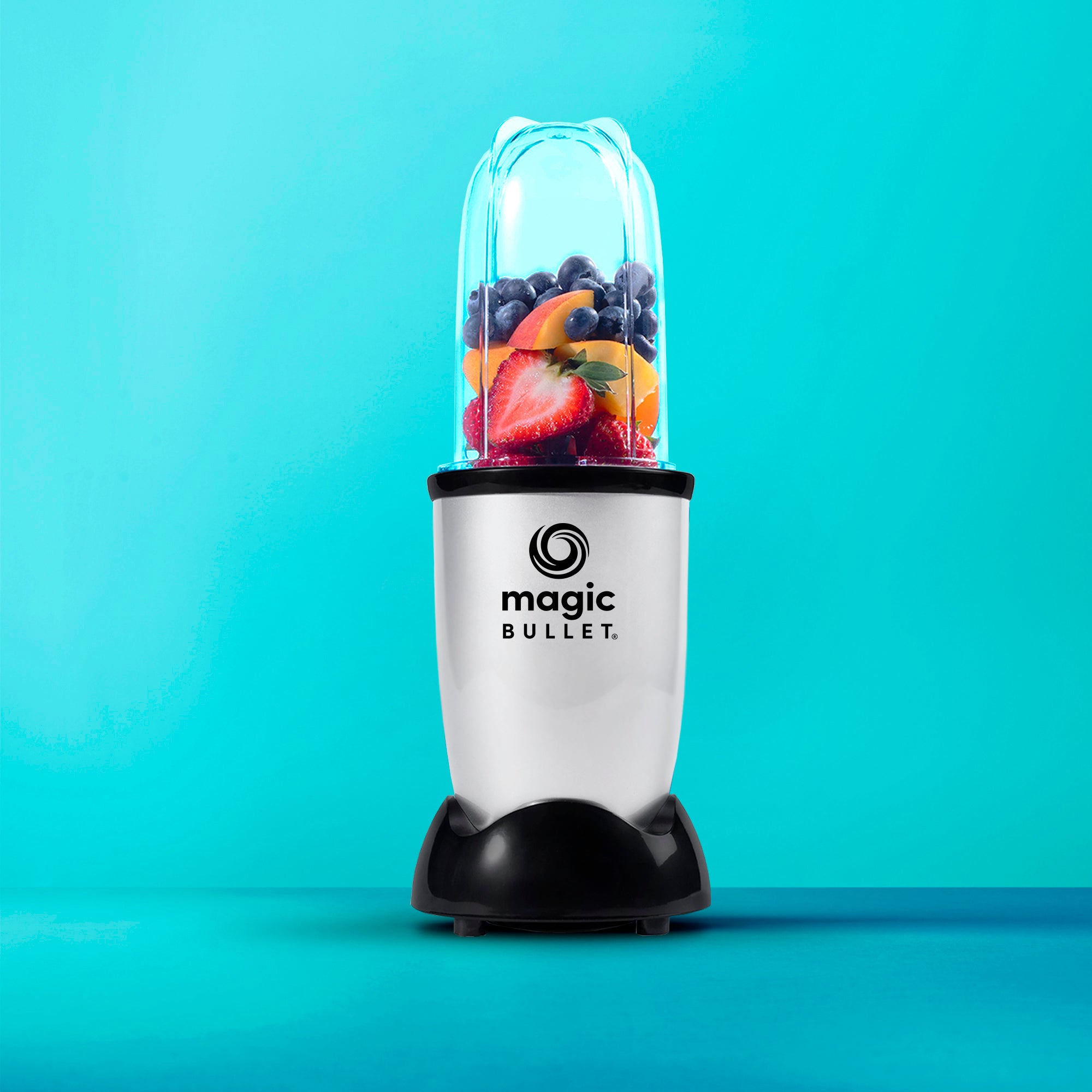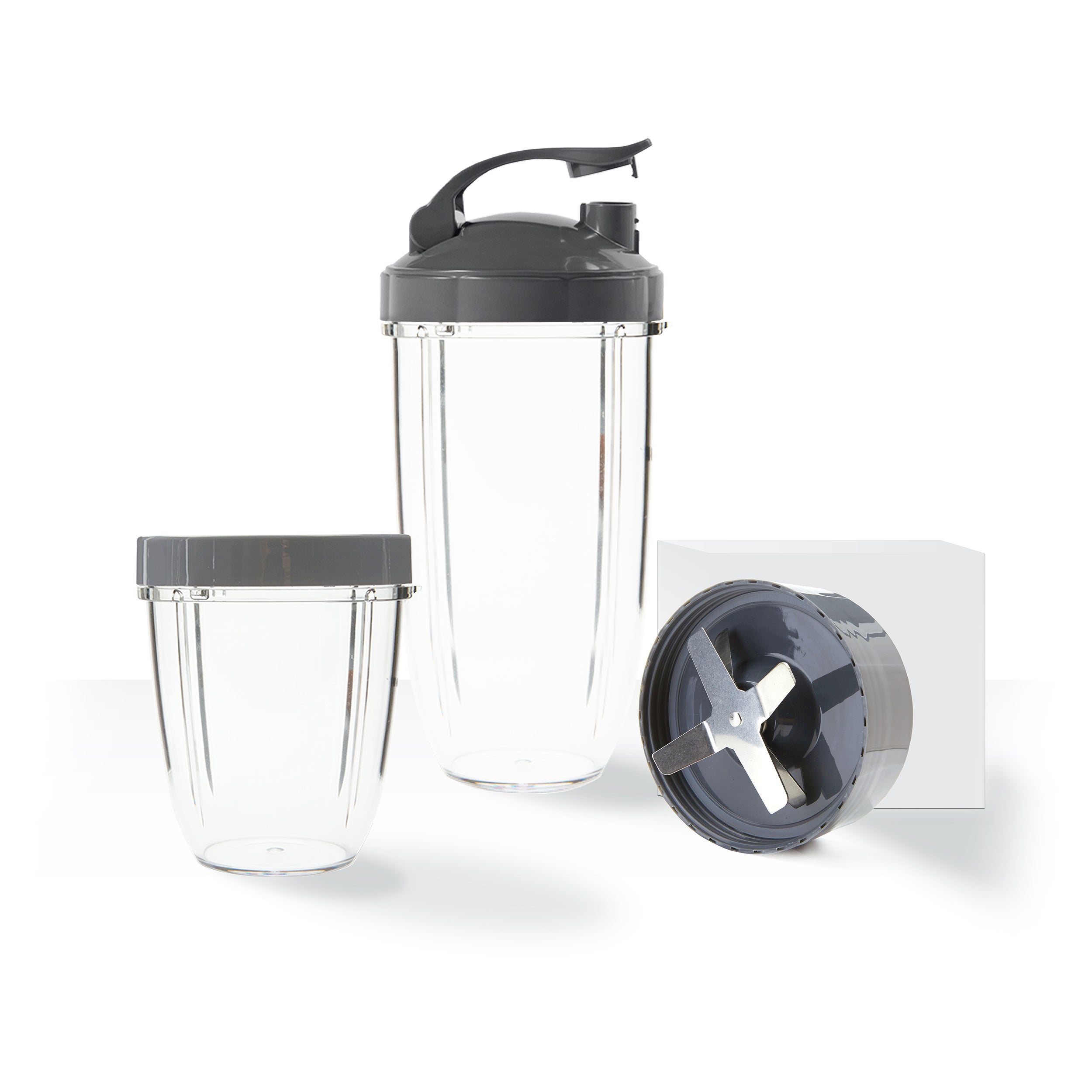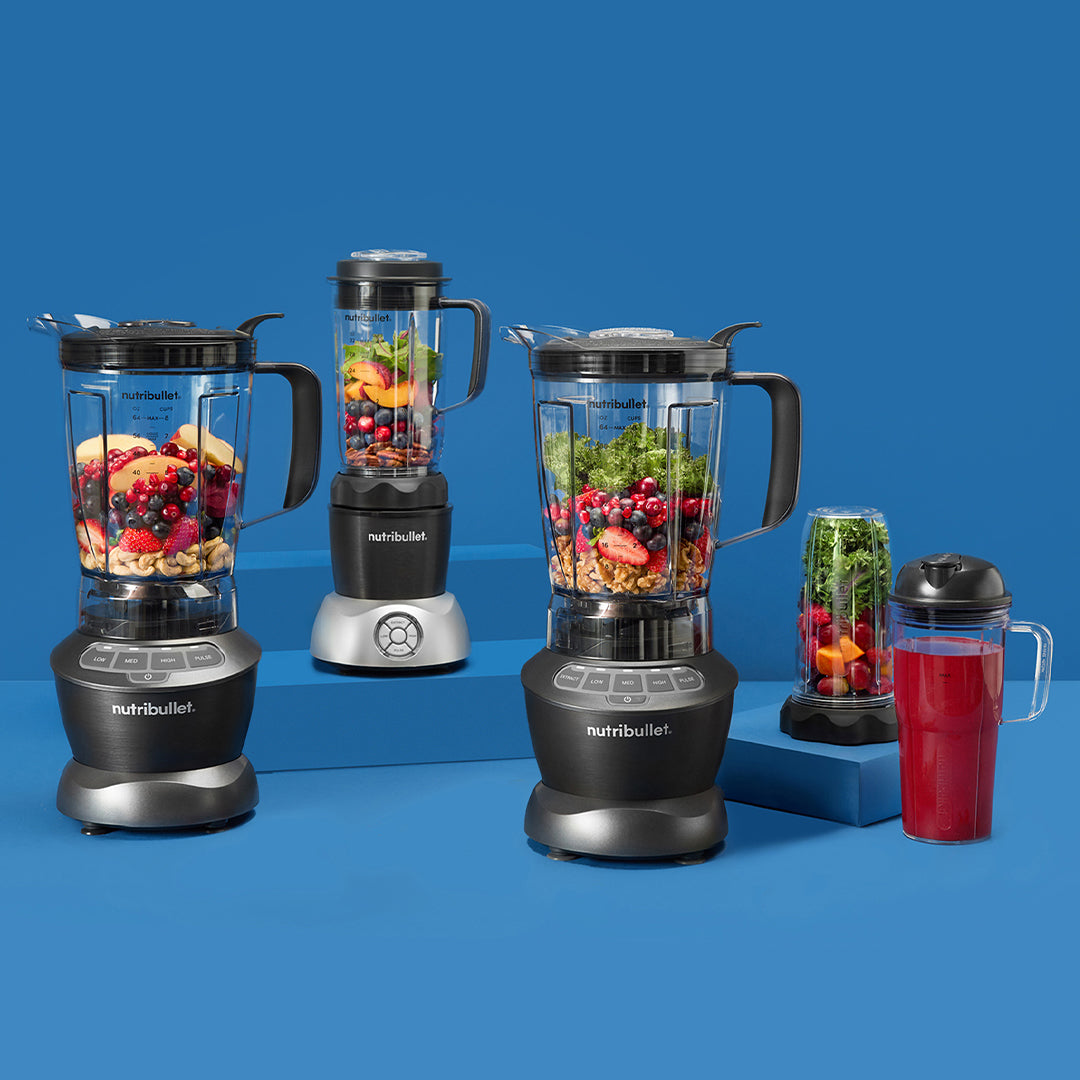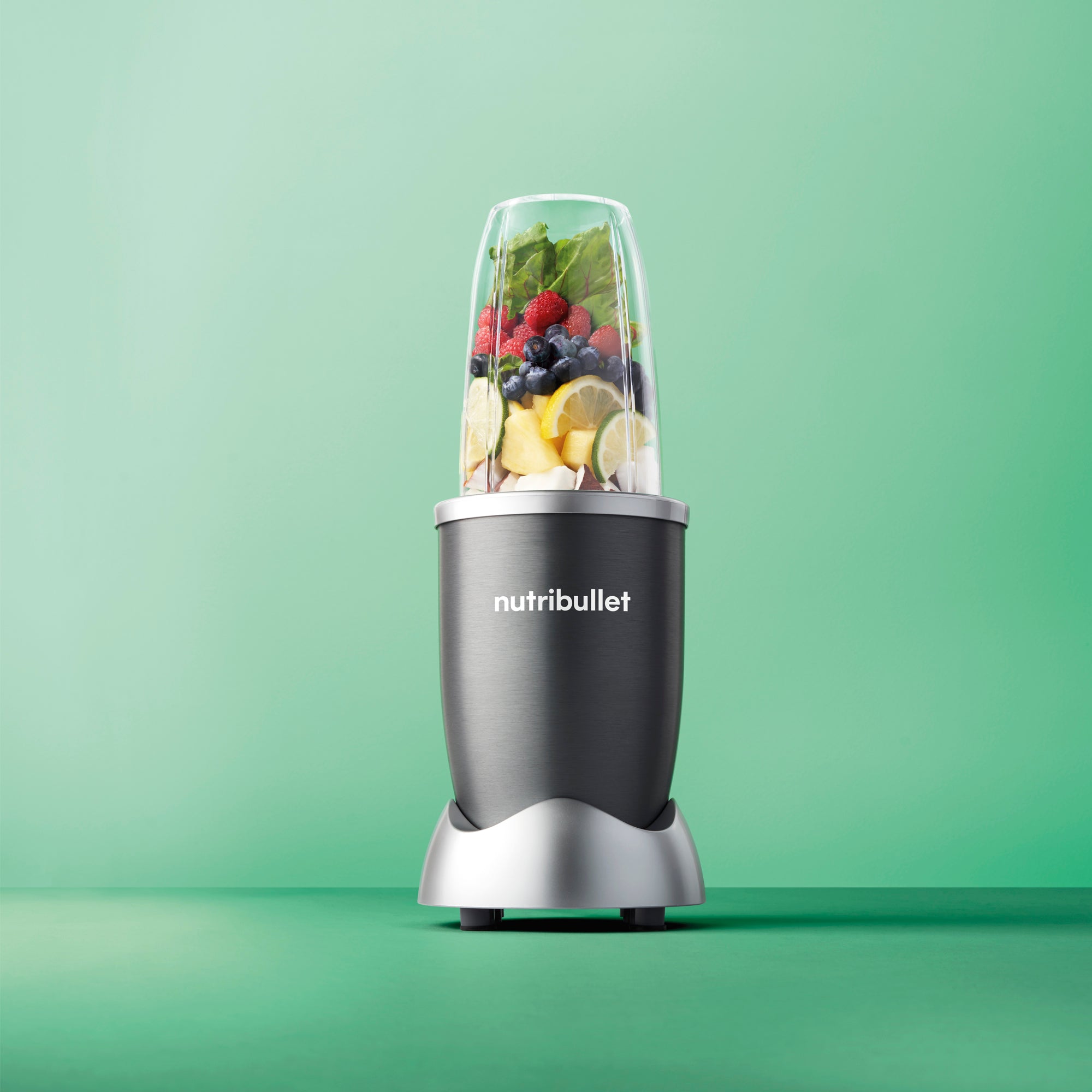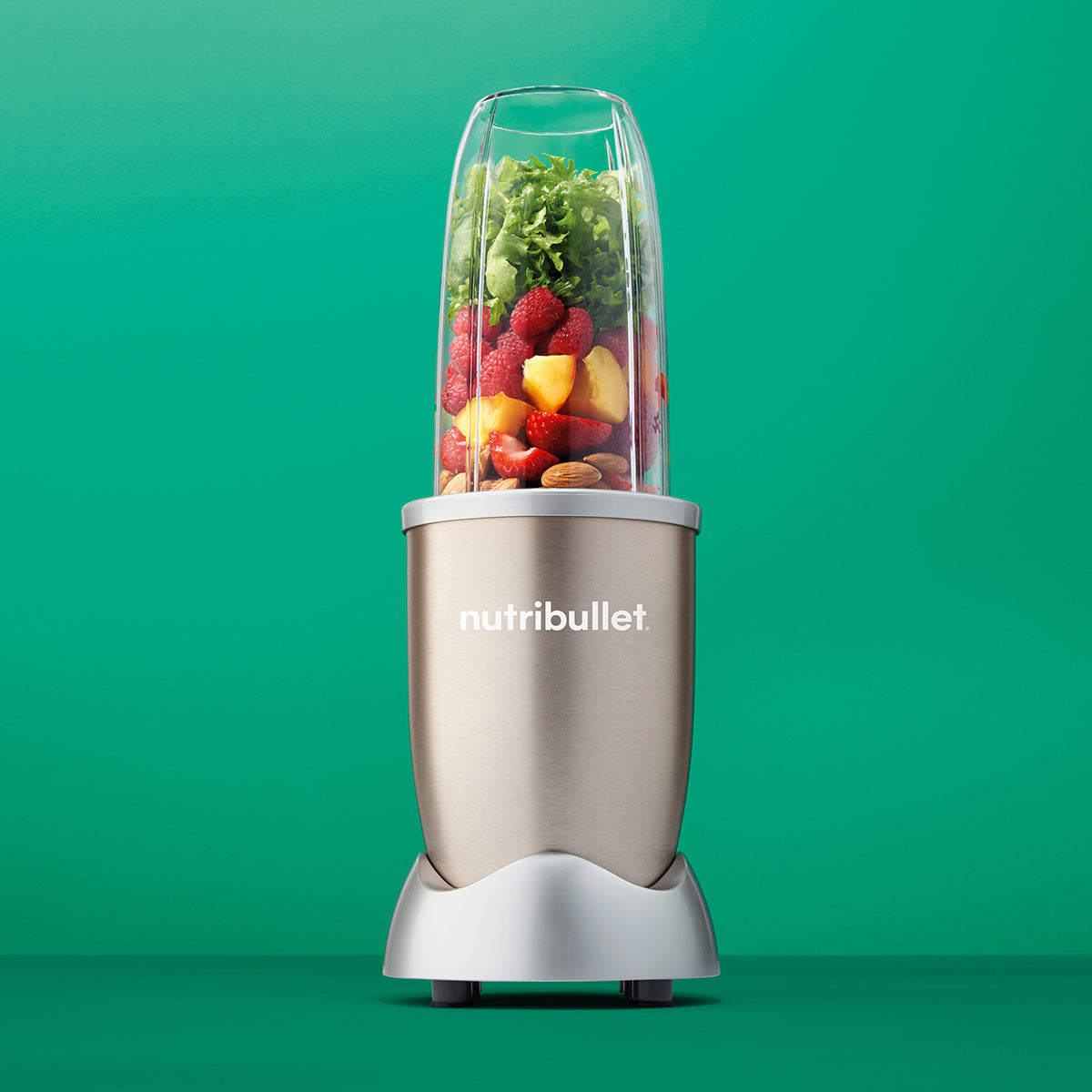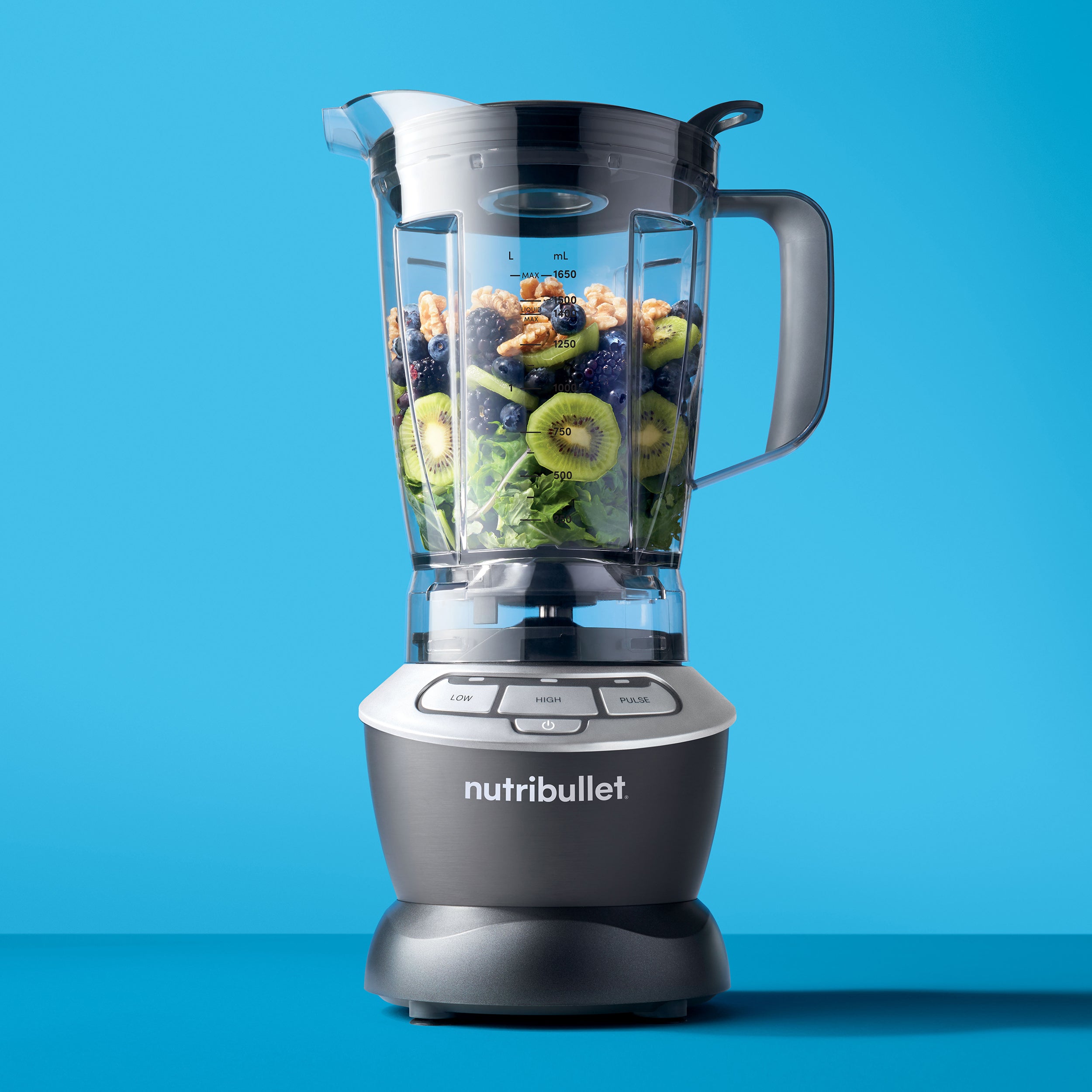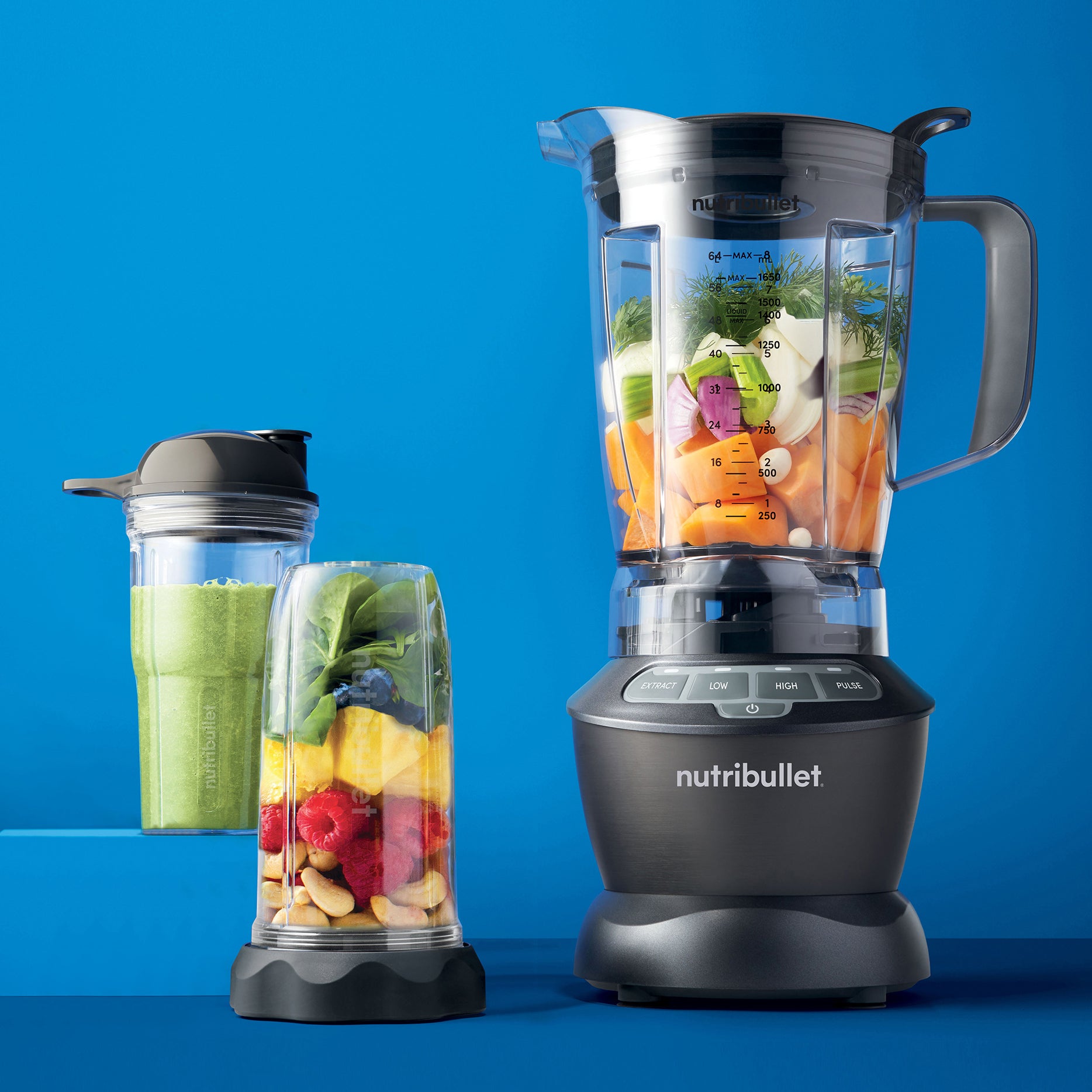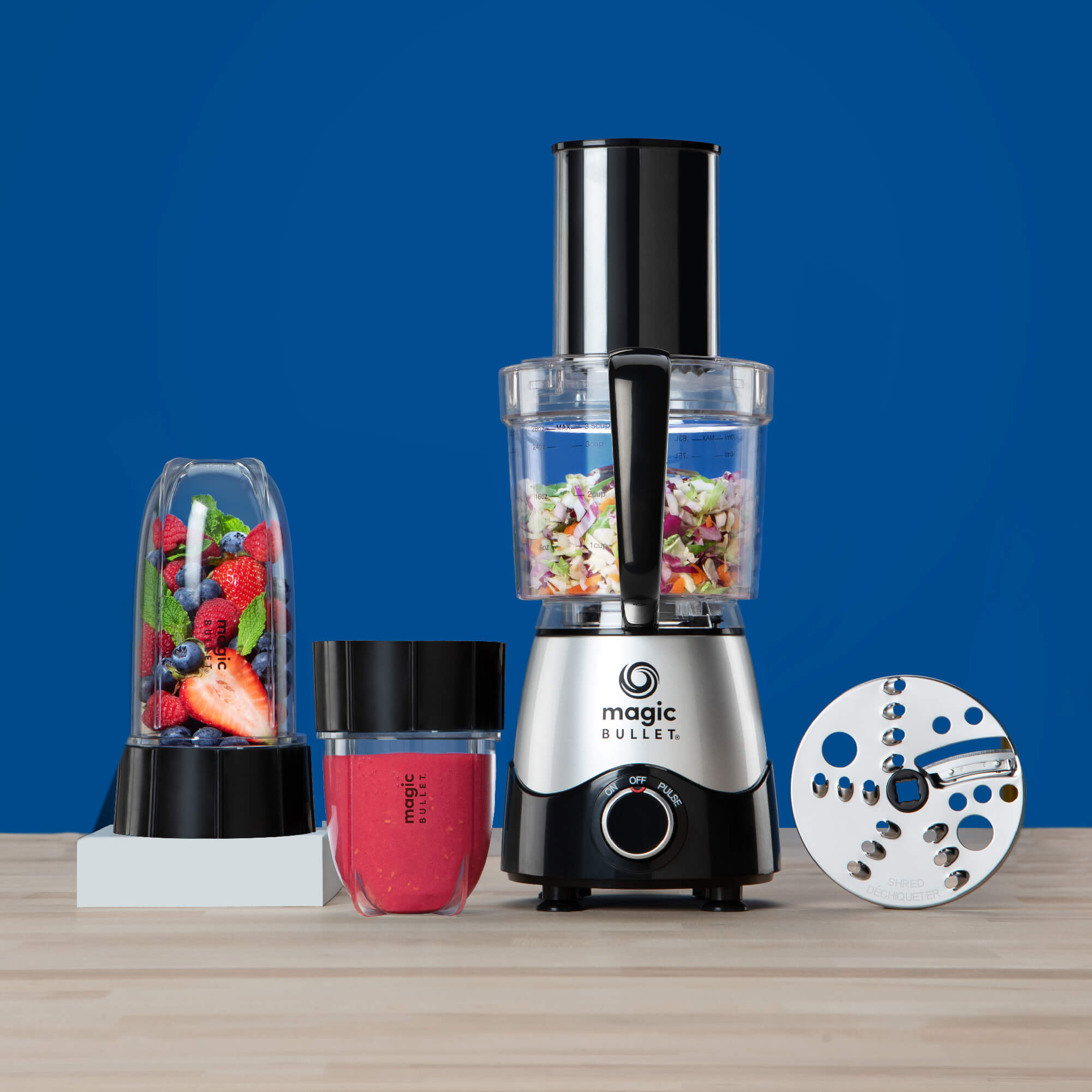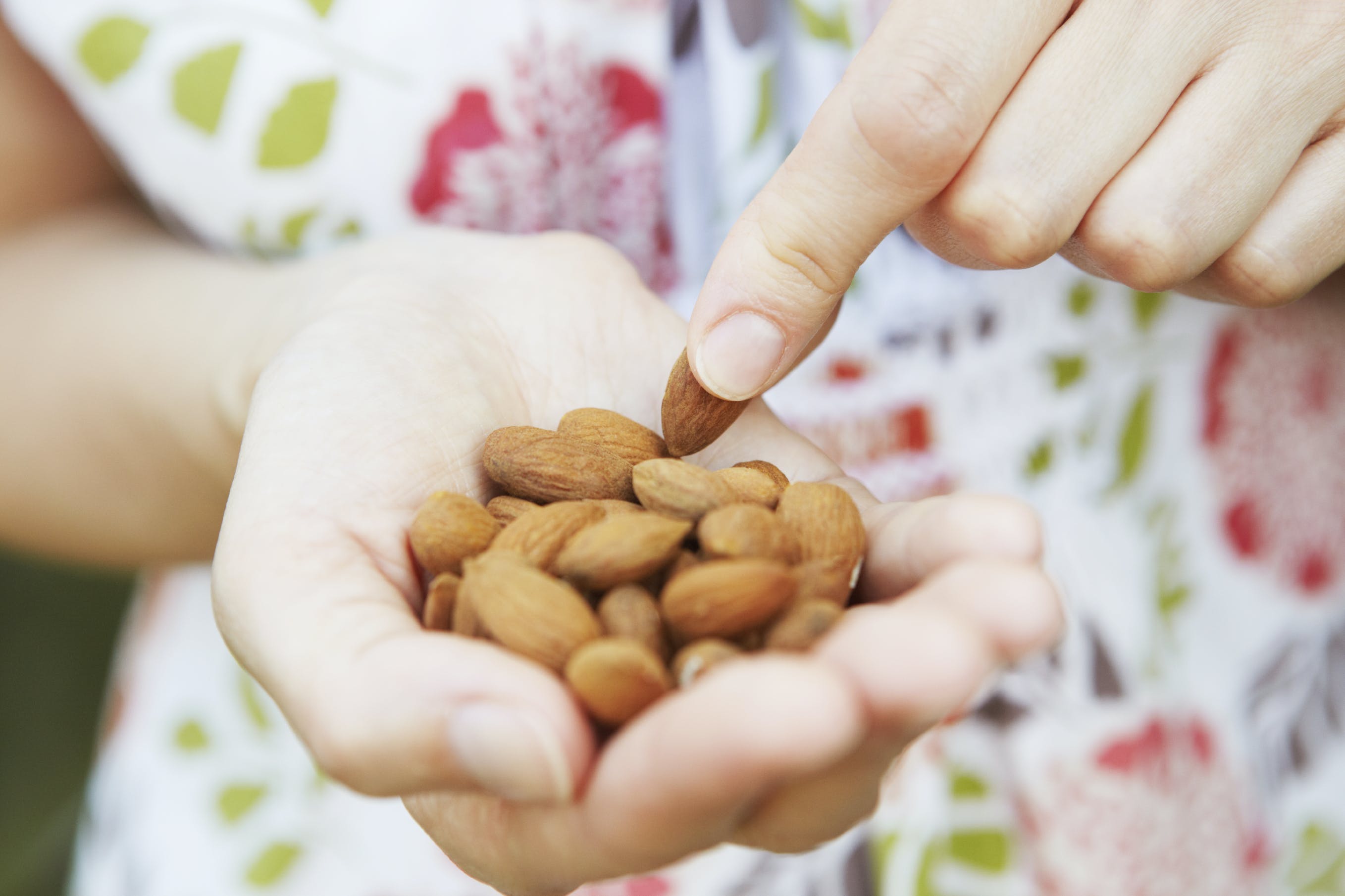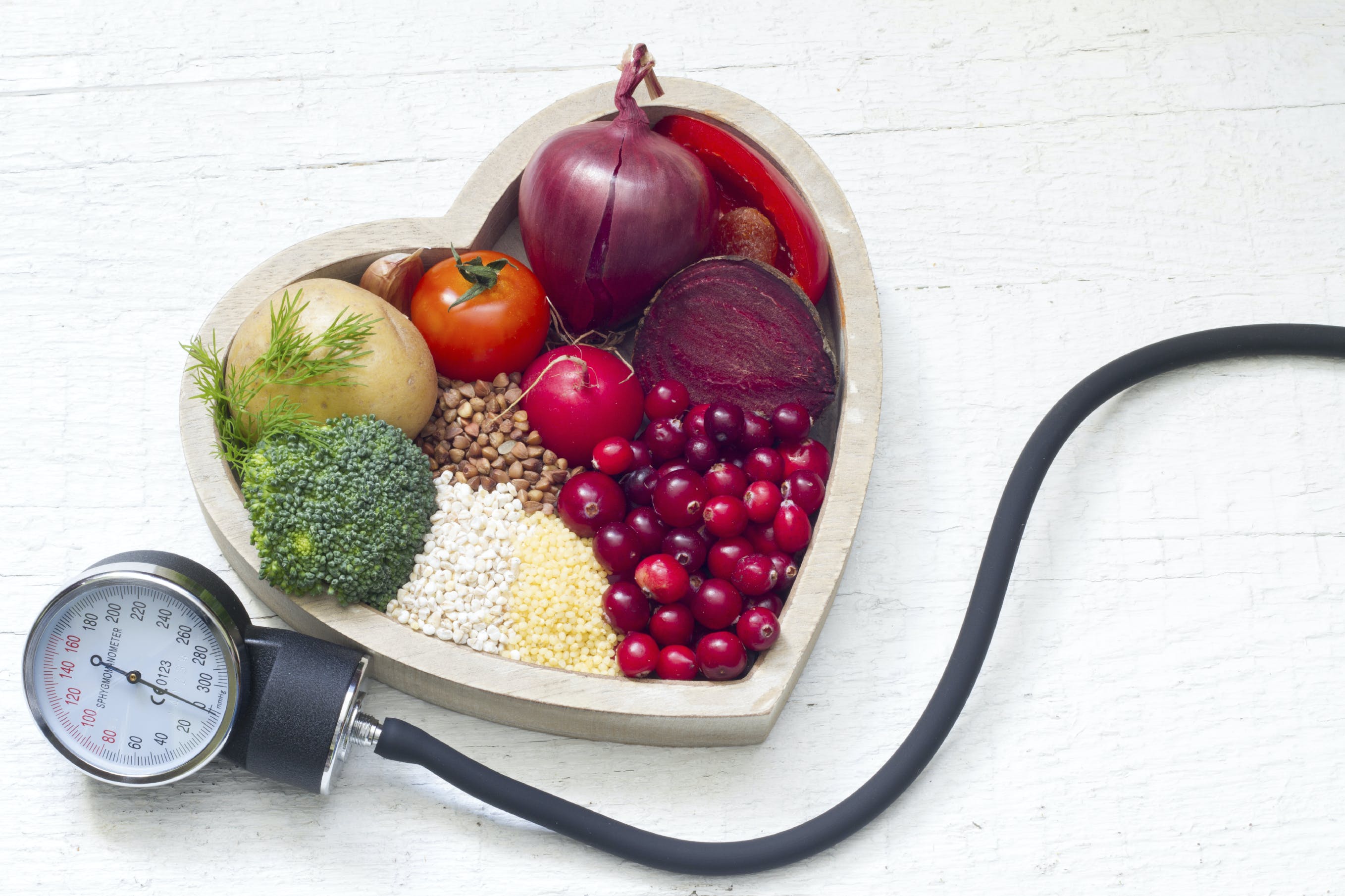As a dietitian, I am both fascinated and flustered by new research. Once I think we have it all figured out, new information is presented, causing either an epic realization or complete confusion of what I thought was truth.
We all know the importance of providing science-based recommendations, so perhaps instead of looking at the daunting array of research as confusing, let's think of it as a better way to personalize nutrition for our clients. Several nutrition-focused organizations including the American Diabetes Association (ADA) confirmed that the one-size-fits all approach is impossible; the focus is now on how we take new scientific knowledge and apply it to the individual needs of those who seek our dietary guidance.
One recent study not only supported the idea of individualized nutrition recommendations, but also offered a glimpse into the convergence of technology with dietetics. It’s focus: blood sugar management.
We have plenty of tools at our disposal when it comes to balancing blood sugars, but with carb counting, glycemic index, glycemic load, foods with no added sugars, low sugar, and a dizzying number of other options, how do we know what to do for our patients, both with and without diabetes?
We may not know, but our clients do!
That’s right, our clients are the ones who provide the best information on how we can help each and every one of them.
According to a 2015 study, researchers found that a variety of factors, not just dietary habits, can affect how one’s blood sugar will be affected, including sleep, gut microbiome, blood parameters, physical activity, anthropometrics, and insulin sensitivity. Using these unique variables, a machine-learning algorithm can accurately predict personalized postprandial glycemic responses to real-life meals, which can vary quite a bit from one person to the next, despite having consumed identical meals.
That doesn’t mean that certain people can eat whatever they want and stay healthy. We know that foods void of any nutritional value and loaded with sugar shouldn’t be in grocery stores, let alone in our pantries (I’m looking at you, cakes and sodas!)
However, you can start with a strong understanding of general, science-based guidelines. Knowing when to use this knowledge helps us build a personalized plan, and encourages each client to better understand his/her own body, all while providing feedback as you continue to work together as a team to manage blood sugars.
Why is it so important to maintain balanced blood sugar?
Uncontrolled elevated blood glucose levels represent a widespread epidemic and a major risk factor for pre-diabetes, insulin resistance, type 2 diabetes, heart disease, obesity (in children and adults), and metabolic syndrome, among others. An influx of sugar-laden products to grocery store shelves and restaurants contributes to the 20 teaspoons of sugar the average American now consumes in a day, a number that only continues to grow. Overall, blood sugar management is a growing problem and a growing area of study.
There is no one-size-fit-all approach, but there are several things we can use to help get clients on the right path toward balancing their blood sugar.
- Nix processed, refined foods and eat a more plant-based whole foods – Our bodies respond to eating fiber-depleted white bread, pasta, and cold cereal the same way they do if we were to eat a spoonful of sugar, so encourage filling up on wholesome grains, beans, and loads of vegetables—easily achievable in a smoothie! Several studies indicate that a plant-based diet can not only improve insulin sensitivity, but may also improve pancreatic beta-cell function and reduce deposits of intramuscular fat, two indirect indicators of improved glycemic control and insulin sensitivity. In addition, phytochemicals contained in these types of foods may also play a role in helping the body utilize insulin more efficiently. If we encourage filling up on nutrient-dense foods, junk foods typically found in the Standard American Diet (SAD) will soon lose their place.
- Boost dietary fiber – Research shows that soluble, viscous, gel-forming fiber, like psyllium or beta-glucan found in oats, not only helps lower elevated cholesterol, but may also help improve blood sugar levels in those with impaired glucose control by slowing post-meal glucose absorption. Consume both soluble and insoluble fiber from various sources to reach the daily recommended intake of 25-38g, nearly double what the average American currently consumes.
- Try low glycemic, low sugar – While not every study supports the use of glycemic index (GI) and glycemic load (GL), evidence does favor it for blood sugar management, as well as improved blood lipids and inflammation markers. With Americans consuming over 150 pounds of sugar per person per year, reducing intake of high glycemic “empty calories” can make a huge positive impact on post-meal blood sugar levels and general health. Start by focusing more on high-quality carbohydrates, like whole grains and vegetables, and reducing added sugar intake.
- Add in protein – We know, similar to fiber, the addition of protein to a meal can help blunt the effects of elevated blood sugar. The mechanism behind this points to a combination of its displacement of more carbohydrate-centered foods, its delay of gastric emptying, and its stimulation of insulin secretion. Therefore, to help balance blood sugar, try adding protein-rich ingredients to each meal, including smoothies! Try adding in our NutriBullet Protein Blend or whole foods like nuts, seeds, nut butters, organic tofu, or organic Greek yogurt.
- Get good quality exercise – The American Diabetes Association recommends including at least 150 minutes of moderate exercise per week for blood glucose management. However, quality may be more important than duration. With the popularity of High Intensity Training (HIT), research shows that a consistent program using low volume, high intensity exercise can increase insulin sensitivity in non-diabetics, as well as provide additional blood glucose control benefits.
- Reduce stress – Tension from traffic, relationships, work, home, and money can all build up. Chronic stress can wreck havoc on your hormones, as well as raise your blood sugar and blood pressure. Stress puts your body in a state of fight or flight, elevating blood sugar levels to provide the energy needed to flee. When there is no need to flee, the blood glucose isn’t used for fuel and, over time if not managed, could potentially lead to pre-diabetes, insulin resistance, or type 2 diabetes. Promote stress-relieving activities, like coloring, reading, yoga, meditating, walking outdoors barefoot, or having tea with a friend (while not talking about life’s stresses!)
- Lose weight if overweight – It doesn’t take much according to a recent study; a moderate 5 percent weight loss can improve multi-organ insulin sensitivity and beta cell function, while an additional weight loss of 11-15 percent further increases insulin sensitivity in muscle and adipose tissue. Even in the absence of weight loss, energy restriction could potentially improve glycemic control. Help assess proper portion control and map out a plan to safely lose weight, if necessary.
- Don’t resort to artificial zero-calorie sweeteners – While they may not spike blood sugar, artificial sweeteners have been found to lead to glucose intolerance by other means, altering gut microbiota after just one short week! Stevia and monk fruit sweeteners make better sugar alternatives, or try using naturally sweet berries, cinnamon, or vanilla to help curb a sweet tooth!
In the end, the one-size-fits-all approach fails because no two people are exactly alike. Take the time to study habits and work with your clients and other healthcare professionals to create personalized nutrition plans. This can help you and your clients adopt healthier habits that work for each and every unique body!
Nutritional information
Recipe: Creamy Green Strawberry Dream Serving in this recipe:1
- Calories: 236.6
- Total Fat: 3.6 g 5.5%
- Saturated Fat: 0.4 g 1.9%
- Cholesterol: 0 mg 0%
- Sodium: 358.7 mg 14.9%
- Total Carbs: 45.7 g 15.2%
- Dietary Fiber: 9.9 g 39.4%
- Sugar: 22.1 g
- Protein: 8.1 g 16.2%
- Vitamin A: 481.9% Vitamin C: 244.1%
- Calcium: 68.5% Iron: 26.1%
* Percent Daily Values are based on a 2,000 calorie diet. Your daily values may be higher or lower depending on your calorie needs.

